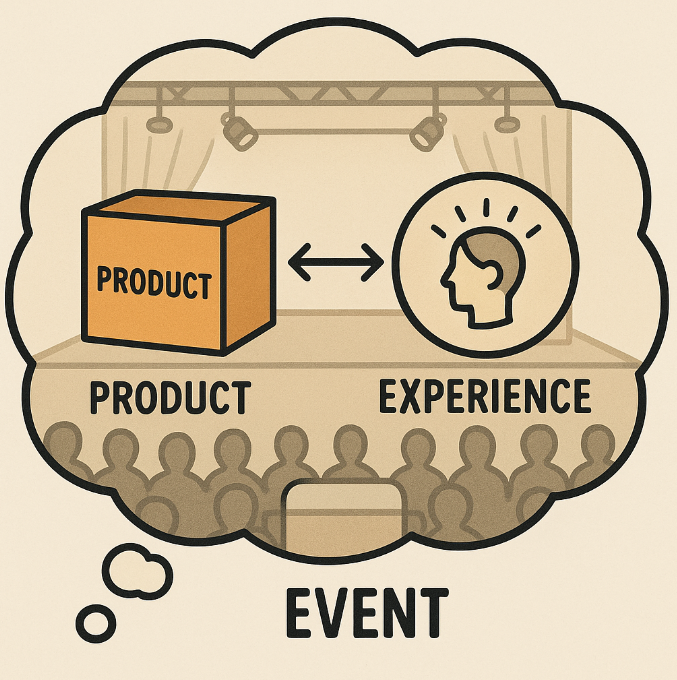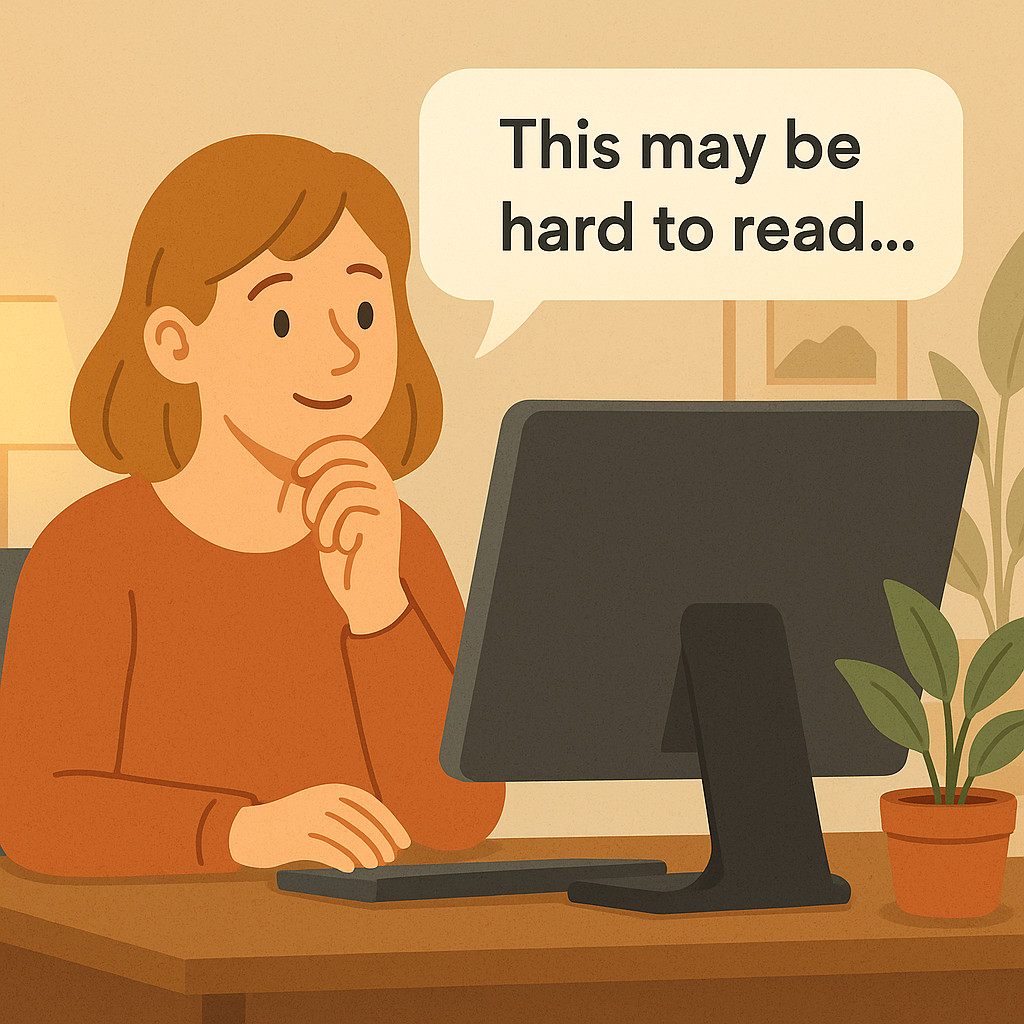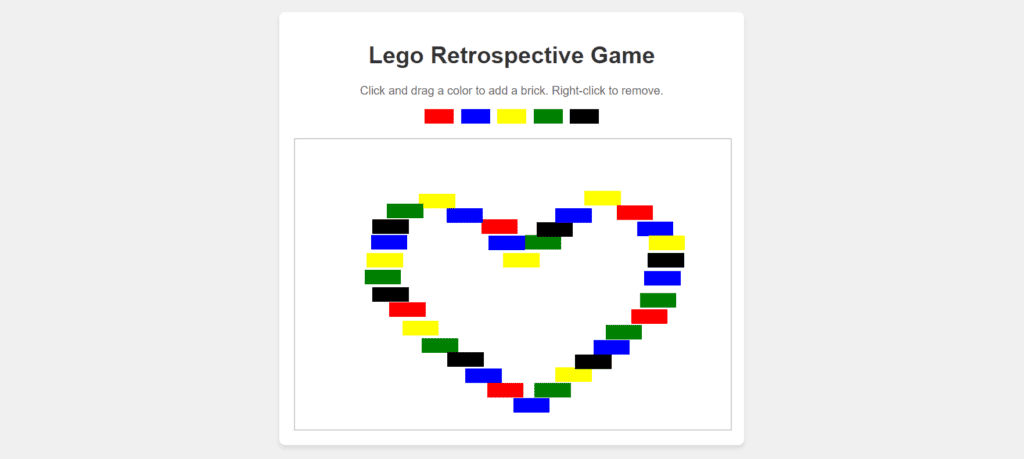This is what makes a good product

What makes a good product? In his published work “The Big Idea of Design” one of my favourite thinkers Alexander Manu writes that:
a product is designed for its relationship with the experience in the context of the event for the purpose of the big idea.
What a mouthful! You’re not alone if, after reading this sentence, you start to wonder if you had enough caffeine today. It had me re-reading it at least 10 times too. But the more I looked at this statement, the more significant it became to me.
So let’s deconstruct this sentence into 3 parts. There’s a lot to learn and I have a good feeling you’ll find it valuable too!
1. A good product provides an appropriate experience.
In fact, it has to provide an experience. There needs to be an intimate relationship between the product and the experience for the product to be successful.
Manu gives us an “indulging” view on the act of drinking coffee and wine: The experience of coffee consists of its taste, the shape of the cup, the sugar bowl, use of fresh water, the beans, the grinder….The event contains a coffee table maybe, as well as a room, a certain time of the day, and the importance of other people around oneself… Grinding the coffee beans, extracting their flavour… It is a special offering. It should address the five senses. This is what good design, or, a good product, should essentially do.
Box wine versus bottled wine
Wine delivers such an experience as well (and I am not talking about the South African Papsak wine here, even though that also delivers an experience. More on that later!). We expect the wine to deliver trueness, generosity, typicality and expression. Trueness relates to something having no structural imbalances. Generosity and expression may describe the intensity and complexity of the aroma and bouquet. Typicality could address how well the wine reflects its origins.
Now, what if the wine didn’t meet these 4 criteria? An experience can be both good or bad, and the product can contribute to this. Likewise, a product can be both good or bad, and the experience can influence its perception:
Take the papsak wine for example, and serve it in a beautifully designed decanter during a posh dinner. Immediately, the experience you will have with this product would be different to when you were to drink it around a braai with friends. But what would happen if you were to place the box wine on the dinner table in front of some VIP guests? Maybe even with some plastic glasses? That wouldn’t go down so well, would it?
Therefore we can see that we should design a product carefully to match the relationship and experience we wish to invoke. A box may express “casual barbeque with the buddies” while a dark glass bottle would whisper elegance. Generosity in terms of the box wine may be generosity of volume in milliliters, whereas generosity for a more expensive wine would be the generosity in flavour.
As you can see, the product and its design have to remain true to their purpose and typicality. It can very well provide a wanted experience if used correctly (but more on that in point 2).
Think of your favourite products
Now I want to give you a challenge: think about your current top 3 favourite products. Now ask yourself: why do you like them so much? Why would you not wish to part with them? …My answers to these questions would probably be: my coffee machine, my laptop and my sleeper couch. My coffee machine has never let me down. It has made the same coffee for me every morning for years. It hasn’t become slower, and it hasn’t picked up any snags yet.
So far, the experience matches what I bought the product for. The same goes for my laptop: right now I love it because it has the right specs to enjoy working on it. This may very well change over a couple of years though. This is when the intimate relationship between the product and the experience can start to break.
Lastly there is my sleeper couch: brand new, smells of leather, and what a bliss it is to transform it into a double bed! One pull, and there you go. The design is both beautiful and practical. There are no hidden bad surprises. But what if it wasn’t like that? What if it was a pain to pull out the bed and mattress? Surely that would damage the relationship quite instantaneously.
Experiences with products can shape over time: both in a good or in a bad way
Experiences can also shape over time: we touched on the aging laptop that may present a negative experience in the future. Or maybe even my sleeper couch if its hinges start to rust… Just like the experience can decrease over time, it can also increase thus building better relationships over time:
Maybe you still have a teddy bear somewhere in a cupboard that you’re not willing to part with: even if it has maybe lost one eye and looks a little rough around the edges, you and this teddy have shared so many memories in your childhood. You simply do not wish to part with it – so much so that you wish to give this teddy to your children or grandchildren one day. Don’t be surprised though if their first impression is disgust or even fear. When they see that one eyed piece of fluff that resembles roadkill more than anything else, they may be prone to running away. This brings me to the next point: context.
2. A good product will always be used in the right context.
The context in which my grandchild receives and perceives the teddy will be completely different to the one I have now. I can think of the various sentimental contexts that this teddy has been part of, but my grandchild won’t have any of these to start with.
Just like the aging teddy, we could look at my aging laptop. If it ages “smoothly” and simply doesn’t keep up with the times, I might consider buying the same brand again if it was reliable. I’d be looking for a similar product because I had a good experience and relationship with it. I would just need specs that meet my next needs.
However, if, say, my laptop ended up having an ‘H’ key that no longer works and now shuts down by itself in random situations, I’d think twice before I buy that same brand again. This experience would damage my relationship with the product. It would have no longer been fit for me in various contexts. It would let me down when writing emails or blog posts, when watching a Yotube video, or when doing really important work.
As you can see, context can refer to more than 1 situation. We always use products during a particular “event”, but we can also use products during multiple different events. I use my sleeper couch during two events: when I am watching TV, I sit on it, and when I have guests over, they sleep on it. But I wouldn’t be very happy if the neighbours’ kids were to come and play pirate ship on it. This brings me to the next important point:
Whether a product is supposed to be used in this context (and in a certain way) is what makes it distinguishable between a good and a bad design.
Fit for purpose
Think about the purpose of a chair. A person is meant to sit on a chair, and not only sit on it in any way, but to sit on it the right way. We need to design the chair in such a way that it already showcases how to sit on it to the user. If not, various things can happen: the chair could break or the person could get injured.
This makes me think back to my school days where our teachers always used to yell at us not to rock our chairs. This is a good example of a product that may or may not have benefitted from slightly more “design thinking“. A chair meant for a student in the 6th grade may have to look different to a dining chair in a restaurant. This is because of the context in which the student uses it.
Therefore, it can be a perfectly good chair, but it may not be fit for purpose for a particular event or situation.
So we can learn 3 things here:
- The initial context in which a product will be used is important. So are the contexts that are built over time (especially at end of life!).
- The product ideally has to tell the user how to use it appropriately. To some extent, we should limit the product to prevent users from using it inappropriately.
- When designing the product, we have to factor in the environment in which it will be used and by whom. We need to carefully investigate and reflect on the needs and wants of our stakeholders (even if, or dare I say, especially when, they are children).
- Bonus point: brainwave – children would make good QA testers 😉
3. A good product is designed based on the correct big idea.
Therefore, even though a new product is born from a big idea – a vision that sparks its creation – it is inevitable to think about the “whole”. A product cannot exist in isolation. It lives inside a larger system,the context where we use it, experience it, and understand it. It is only during an event — a moment when the product is actually put into use — that its true purpose begins to unfold.
At that event, questions naturally arise:
How well did the product fulfill my needs?
Did the way I imagined using it match the designer’s intent?
What was the experience I anticipated, and did it align with the one I actually had?
This reveals an important truth:
The big idea behind making a product must always circle back to and connect with the big idea behind using a product. Creation and experience are two sides of the same coin — constantly influencing and reshaping each other.
The relationship between product and experience lie within the realm of an event
Think of it like hosting a charity fundraising event.
You have a grand vision for the evening: the theme, the mood, the atmosphere. Now imagine the product is your invited guest — and its “plus one” is the experience it brings along.

To host an event, you need a big idea. To create a product, you need to have a particular event already in place.
Just as every successful event begins with a strong idea, every meaningful product must be designed with an event in mind: a real situation, a real use, a real experience. In this scenario, you would not only invite guests who donate money for your charitable cause. You would probably also invite guests who have a special connection to your cause.
Otherwise — why would you even bother inviting a guest?
Likewise we can ask ourselves, why would we even design a product in the first place if it does not connect deeply and truly with the situation? Why release a product if it doesn’t connect with the use case and the relationships it knits? Why push a product to market that does not meet the big idea? If it doesn’t solve our customers’ problems?
I wonder how many software engineering teams fall into this trap, but that is a story for another day ;-).
Feeling inspired? Check out these references for further reading:
ToolToys – Another great piece of writing from Alexander Manu
Learning Systems Thinking from O’Reilly’s range of amazing tech books
The Design of Everyday Things – By Donald Norman: some great insight on Affordances
//todo add download link to product questions worksheet



